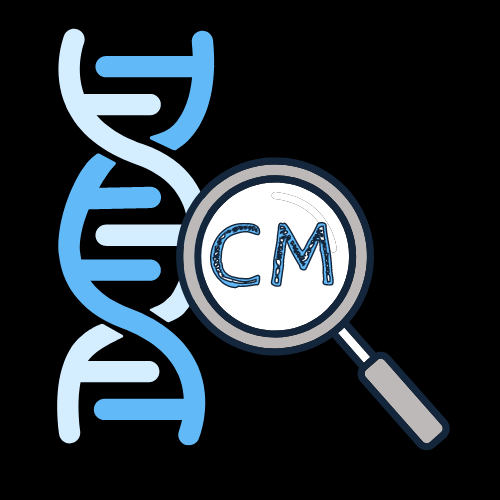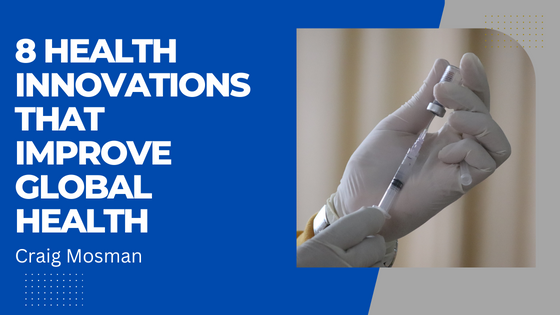Today’s best medical innovations are the ones that save lives and increase life spans. Innovation is vital to addressing diseases that can’t be cured with existing treatments.
A report released by the McKinsey Global Institute identified promising innovations that could significantly impact people’s health by 2040. These innovations were chosen based on their potential to address the most common unmet medical needs. To determine their impact, the institute conducted an in-depth analysis of the biological understanding of the diseases and the innovators’ efforts.
Although it is hard to identify the exact scope of the innovations in the pipeline, McKinsey Global Institute estimates that these technologies could reduce the burden of diseases by up to 10% if adopted by 2040.
These innovations could potentially help cure various diseases and extend people’s lifespans by tackling the biological basis of aging. They could also prevent or delay the onset of age-related conditions. This is a significant contrast from the past 30 years when many of these innovations were only able to delay or reduce the symptoms of diseases.
In addition, the technological advancements identified are more digital than in the past. For instance, artificial intelligence systems are capable of making breakthroughs in the field of molecular and omics technologies.
- Omics and molecular technologies
The Bio Revolution is driven by the development of new technologies designed to harness the various molecules within cells. These technologies can be used to diagnose or treat diseases. Some of these include omics and molecular technologies, which can engineer the components of cells.
- Next-generation pharmaceuticals
New-generation chemical compounds designed to target different targets could be used as potential treatments for various diseases.
- Cellular therapy and regenerative medicine
A type of biological product, cellular therapy, is used to treat or replace damaged tissues and organs. It can potentially decrease the reliance on transplants. The body can repair or replace damaged or diseased tissues through regenerative medicine.
- Innovative vaccines
Vaccines have been used to control or eliminate various infectious diseases. They have been able to stimulate the body’s immune system to fight against harmful foreign agents. One of the advantages to the Covid-19 pandemic is that we learned to quickly and more efficiently develop and manufacture vaccines.
- Advanced surgical procedures
In addition, specific strategies are used to treat injuries and disorders of the body using minimally invasive techniques. These include robotic surgery and other non-invasive procedures.
- Connected and cognitive devices
Wearable, ingestible, or portable devices that can monitor a person’s health and fitness can be used to engage their communities and deliver therapies autonomously.
- Electroceuticals
Small therapeutic agents are being developed to stimulate the body’s neural circuits to treat certain conditions. These therapies are delivered through an implantable device.
- Bioimpedance
Although the principles of bioimpedance have been studied for decades, there recently have been studies conducted by a Utah company, Ioniq, which has shown great promise in early detection of cancer using bioimpedance. The device developed by Ioniq recently received FDA breakthrough status as a result of successful studies. I’m watching the progress of this company. Early detection of cancer literally saves lives.

